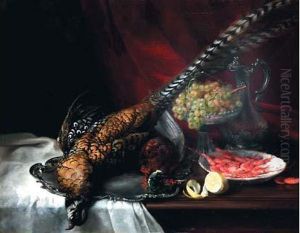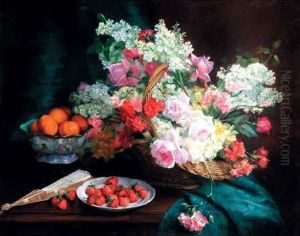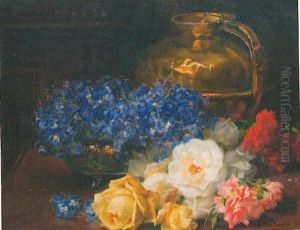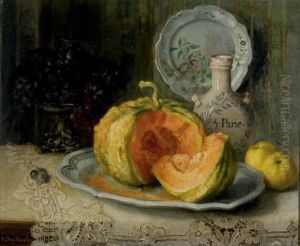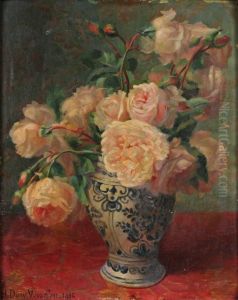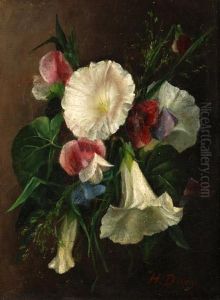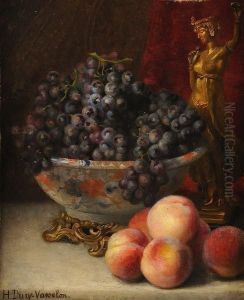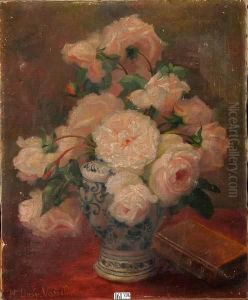Hortense Dury-Vasselon Paintings
Hortense Dury-Vasselon was a significant yet relatively overlooked figure in the world of French art, particularly known for her contributions to the Impressionist movement. Born in 1859, her journey into the arts was both a product of her time and a reflection of her unique talents and perspectives. Dury-Vasselon's life spanned a period of great change in France, from the days of the Second Empire through the Third Republic, witnessing the profound transformations within French society and the art world.
Despite the challenges faced by women artists in the 19th and early 20th centuries, Dury-Vasselon carved out a space for herself within the male-dominated Impressionist movement. Unlike her more famous contemporaries, her work was not widely recognized during her lifetime, a fate shared by many women artists of the era. She studied under masters of the time, though specific details about her education and mentors remain scarce, reflecting the broader historical oversight of women's roles in art. Her style evolved over the years, reflecting the characteristic Impressionist focus on light, color, and everyday life, yet imbued with her unique sensibility.
Dury-Vasselon's contributions to Impressionism included both landscapes and portraits, capturing the transient effects of light with a delicate sensibility. Her works were exhibited in some of the smaller, independent shows that characterized the movement, which sought to break away from the traditional salon exhibitions. Despite the limited recognition she received, her paintings today offer a glimpse into the unique perspective she brought to the Impressionist canvas, combining a soft palette with a keen observation of her subjects.
The death of Hortense Dury-Vasselon in 1943 marked the end of a life that had spanned some of the most tumultuous and transformative periods in French history. Her legacy, like that of many women artists of her time, has been subject to a slow process of rediscovery and reassessment. Today, scholars and enthusiasts of Impressionist art are beginning to acknowledge her contributions to the movement, situating her work within the broader narrative of art history. While still not as widely recognized as her male counterparts, Dury-Vasselon's art offers a compelling testament to the rich, yet often overlooked, contributions of women to the Impressionist movement.
